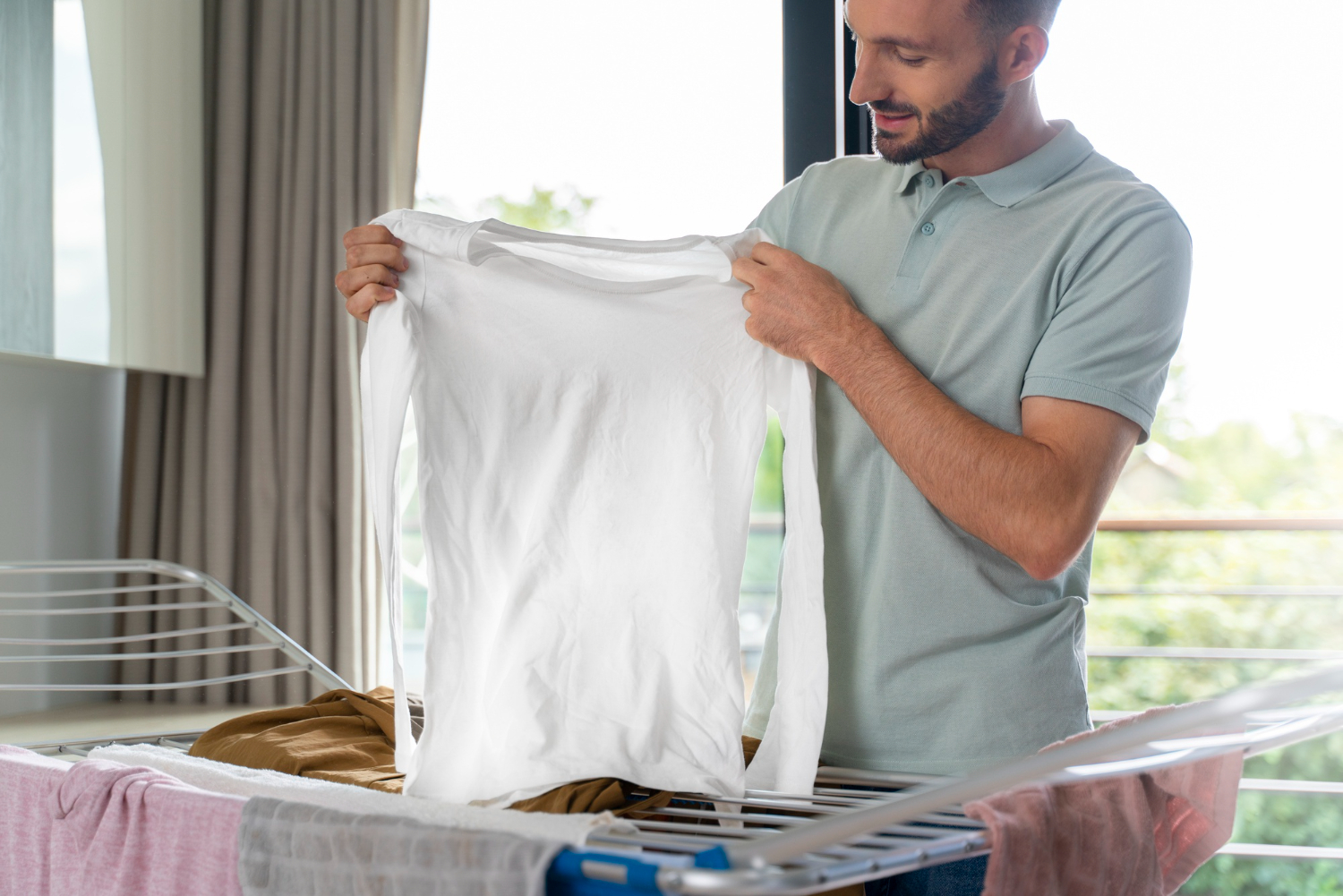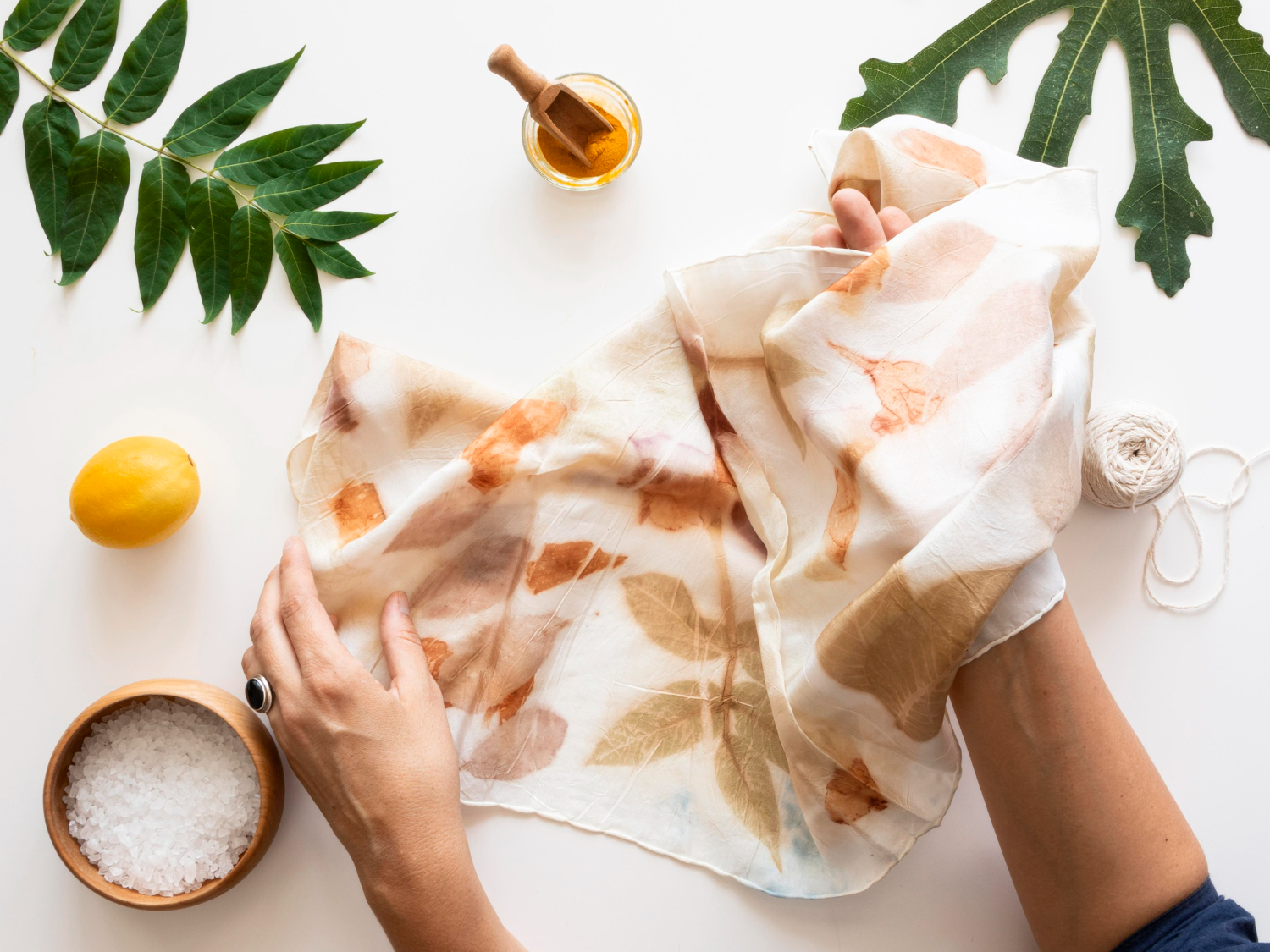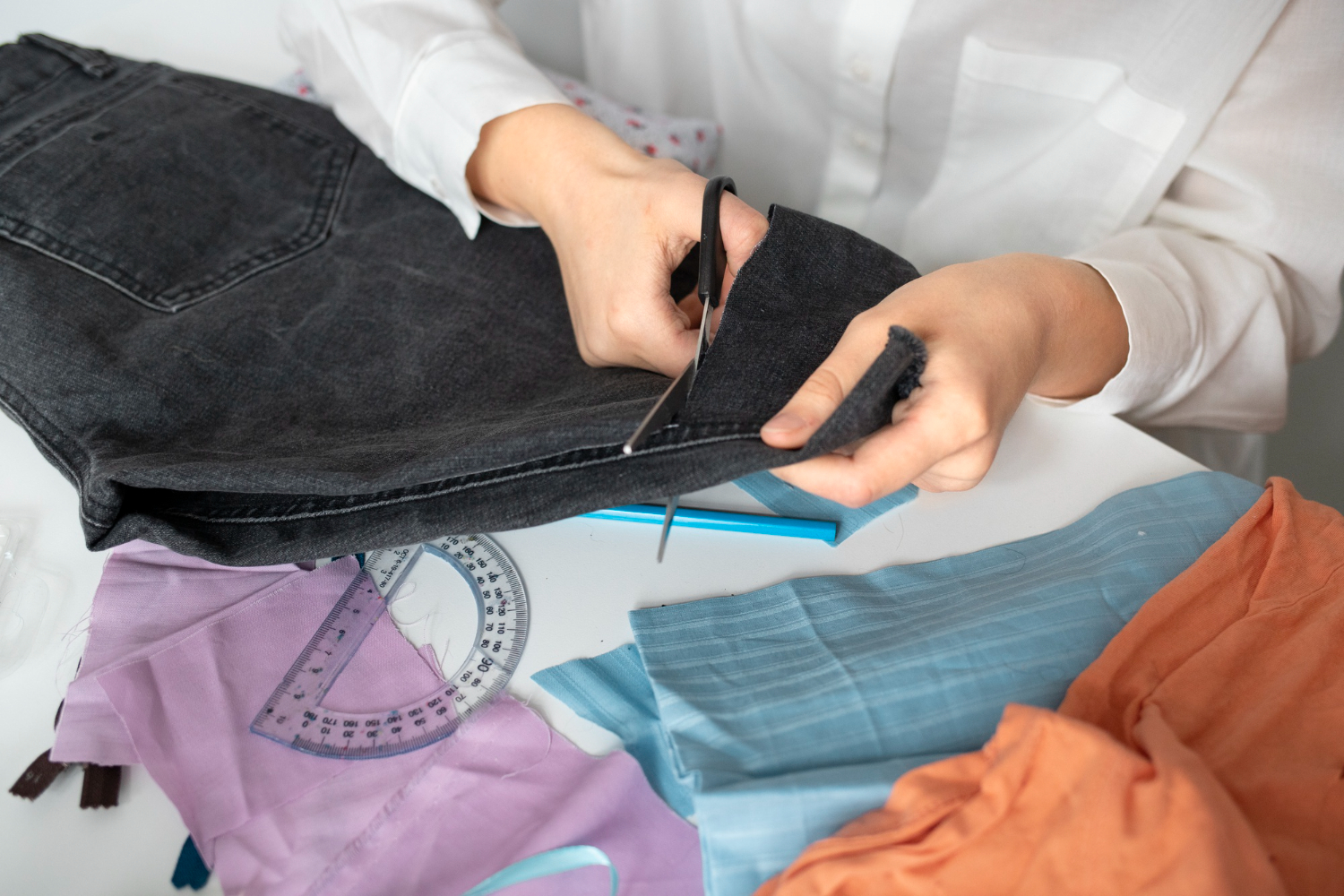How to get Pine Sap out of clothes? Pine sap can be a sticky situation when it finds its way onto your clothes. Whether you’ve been hiking through the woods, enjoying a picnic, or simply lounging under a pine tree, dealing with pine sap stains can be a daunting task. But fear not, in this extensive and detailed guide, we will provide you with a comprehensive understanding of pine sap, along with step-by-step instructions on how to effectively remove pine sap from your clothing. Say goodbye to those stubborn stains and hello to fresh, clean attire!
Introduction
In this article, we’ll explore various methods and techniques to remove pine sap from clothes, covering both common household solutions and commercial products that can make the process easier. We’ll also discuss preventive measures to help you avoid pine sap mishaps in the future. This comprehensive guide aims to provide a complete resource for dealing with pine sap stains.
Understanding Pine Sap
Before we dive into the removal methods, it’s essential to understand what pine sap is and how it adheres to fabrics. Pine sap is a resinous substance produced by pine trees as a defense mechanism. It can be challenging to remove because it hardens and adheres to clothing fibers. Let’s delve deeper into the characteristics of pine sap and its composition.
The Composition of Pine Sap
Pine trees generate pine sap, or pine resin, which is a complex collection of organic molecules. It protects the tree from fungus and pests and helps it recover wounds, among other things. The essential elements of pine sap consist of:
- Resin acids: These are the primary components responsible for the adhesive properties of pine sap.
- Terpenes: These compounds give pine sap its distinct aroma and can vary between different pine tree species.
- Phenolic compounds: These contribute to the antimicrobial and protective properties of pine sap. Understanding the composition of pine sap is crucial to choosing the right removal method.
The Adhesive Nature of Pine Sap
Pine sap’s sticky and adhesive nature is what makes it challenging to remove from clothing. When pine sap comes into contact with fabric, it adheres to the fibers, creating a stubborn stain. The sticky texture of pine sap can be compared to glue, and it hardens over time, making removal more difficult.
What Attracts Pine Sap to Clothing
Pine sap is attracted to fabric for several reasons:
- Heat: Exposure to heat, such as body heat, can cause the sap to become stickier and adhere more firmly.
- Pressure: When you sit or lean against a pine tree, the pressure applied to the fabric can push the sap into the fibers.
- Porous Fabrics: Fabrics with a looser weave or porous texture provide more opportunities for pine sap to cling to the material.
Understanding why pine sap is drawn to clothing is essential for prevention and effective removal.
What You’ll Need
Before you begin the process of how to get Pine Sap out of clothes, gather the following materials and tools:
Rubbing Alcohol: Rubbing alcohol is a versatile stain remover. It’s essential for dissolving pine sap and making the removal process more manageable.
Butter Knife or Dull Blade: A butter knife or a dull blade is useful for gently scraping off excess sap from your clothing.
Ice Cubes: Ice cubes will help freeze the sap, making it easier to remove.
Plastic Bag: A plastic bag is used to hold the ice cubes when applying them to the pine sap stain.
Laundry Detergent: You’ll need your regular laundry detergent to wash the clothing item once the sap is removed.
White Vinegar: White vinegar can be an effective alternative to rubbing alcohol in removing pine sap stains.
Warm Water: Warm water will be used in combination with other materials for stain removal.
Old Toothbrush: An old toothbrush can be helpful for gently scrubbing the stained area.
Paper Towels: Paper towels are handy for blotting and drying during the stain removal process.
Baking Soda: Baking soda can be used to create a paste for stubborn pine sap stains.
Step-by-Step Guide
Let’s go through a detailed step-by-step guide on how to get Pine Sap out of clothes effectively. This in-depth process will ensure that you tackle even the most stubborn of stains with confidence.
1. Scrape Off Excess Sap
Begin by gently scraping off any excess pine sap with a butter knife or dull blade. Be careful not to damage the fabric. This step is crucial as it reduces the amount of sap that needs further removal.
2. Freeze the Sap
Ice cubes should be placed in a plastic bag and applied to the discolored region. The sap will become harder because to the cold, which will make removal simpler. Give the ice a good fifteen minutes to work.
3. Remove Frozen Sap
Once the sap is frozen, use the edge of the knife to carefully lift and scrape off the hardened sap. Continue this process until you’ve removed as much sap as possible. This step may require patience, especially for larger or older stains.
4. Apply Rubbing Alcohol
Dampen a clean cloth with rubbing alcohol and gently blot the remaining sap stain. The alcohol will help dissolve the sap. You may need to repeat this process a few times to completely remove the stain.
5. Launder the Garment
Wash the clothing item as usual with your regular laundry detergent. Be sure to check if the stain is entirely gone before drying the garment, as heat can set the stain. If the stain persists, repeat the alcohol blotting and washing process until it’s completely removed.
6. White Vinegar Alternative
If you prefer, you can substitute white vinegar for rubbing alcohol in the removal process. Simply follow the same steps using white vinegar instead.
7. Baking Soda Paste
Make a paste by combining baking soda and a tiny bit of water for tough pine sap stains that aren’t going away. Before washing and laundering, apply the paste to the stain gently and let it stay for 15 to 20 minutes. Stains that are more established and older respond well to this technique.
8. Rinse and Inspect
After washing the garment, thoroughly rinse and inspect it. Ensure that no trace of pine sap remains before you proceed to dry the clothing. If you still notice any staining, avoid drying the garment and repeat the removal steps.
Commercial Products
There are also commercial products available that are specially designed to remove tree sap stains. These products are often effective and can save you time and effort.
1. Pine Sap Remover
Check your neighborhood hardware or auto shop for a pine sap remover. For optimal results, adhere to the product’s instructions. Large or difficult stains might benefit greatly from the use of commercial treatments.
2. Stain Pre-Treaters
Many stain pre-treatment products are available in the market. Apply one of these products to the stain before washing the garment. These pre-treaters often contain enzymes and surfactants that can break down and lift stains effectively.
Preventive Measures of How to get Pine Sap out of clothes
Prevention is better than cure. Here are some tips to avoid pine sap stains in the first place:
1. Be Mindful of Your Surroundings
When in areas with pine trees, pay attention to where you sit or lean to avoid contact with sap. Choose your seating areas wisely to minimize the risk of pine sap stains.
2. Use a Blanket or Cloth
If you plan to sit on the ground, use a blanket or cloth to create a barrier between your clothes and potential sap sources. This simple preventive measure can go a long way in keeping your clothing clean.
3. Check Your Seating Area
Before sitting down, inspect the area for pine sap or debris, and brush it away to prevent contact with your clothing. Being proactive in assessing your surroundings can save you from potential staining.
4. Choose Your Clothing Wisely
Wearing old or less valuable clothing when spending time in areas with pine trees can reduce the stress of potential staining. Additionally, consider clothing made from tightly woven or treated fabrics that are less prone to pine sap adhesion.
Additional Tips for Stubborn Stains
If you encounter especially stubborn pine sap stains, consider the following additional tips:
1. Peanut Butter
Believe it or not, peanut butter can help break down pine sap. Apply a small amount to the stain, let it sit for a few minutes, and then wipe it away with a cloth. The natural oils in peanut butter can help dissolve the sap.
2. Hand Sanitizer
Hand sanitizer containing alcohol can be effective in removing pine sap. Apply a small amount and gently rub the stain, then wash the garment as usual. The alcohol in hand sanitizer can act as a solvent for the sap.
3. Pine Solvent
If you have access to a specialized pine solvent, it can be highly effective in dissolving pine sap. Follow the product’s instructions for safe and effective use. These solvents are designed specifically for breaking down pine resin.
4. Professional Cleaning
In cases where the pine sap stain is on a valuable or delicate item, consider professional dry cleaning services. They have the expertise and specialized solutions to handle such stains without risking damage to the fabric. Inform the dry cleaner about the stain for the best results.
Conclusion
How to get Pine Sap out of clothes, Removing pine sap from clothes can be a challenging task, but with the right techniques and materials, it’s entirely possible. Pine sap is known for its adhesive properties, but with patience and the appropriate removal methods, you can restore your clothing to its pristine condition. Remember to act promptly, and don’t let the sap stain set into the fabric. Additionally, taking preventive measures can help you avoid these sticky situations in the first place.
Frequently Asked Questions
Q: Can I use any type of alcohol to remove pine sap stains?
It’s best to use rubbing alcohol or ethanol for removing pine sap stains, as they are effective and safe for most fabrics. Denatured alcohol can also work well in breaking down the sap.
Q: How do I prevent pine sap stains while camping?
To prevent pine sap stains while camping, choose your sitting or resting spots carefully and consider using a barrier like a blanket or ground cloth. Avoid leaning against pine trees, and inspect the area for pine sap before settling in.
Q: Is it safe to use a butter knife to remove pine sap?
Using a butter knife or a dull blade is safe as long as you’re gentle to avoid damaging the fabric. Exercise caution when using sharp objects near delicate fabrics.
Q: What if the pine sap stain doesn’t come out after washing?
If the stain persists after washing, repeat the removal steps and consider using a commercial pine sap remover. Stubborn stains may require multiple attempts for complete removal.
Q: Can I use white vinegar on colored fabrics to remove pine sap stains?
Yes, white vinegar is generally safe for colored fabrics, but it’s always a good idea to spot test in an inconspicuous area first. If the fabric is particularly delicate or if the stain is large, consult the care label or a professional cleaner for guidance.
Read Additional Content: How to Get Tie Dye Out of Clothes



